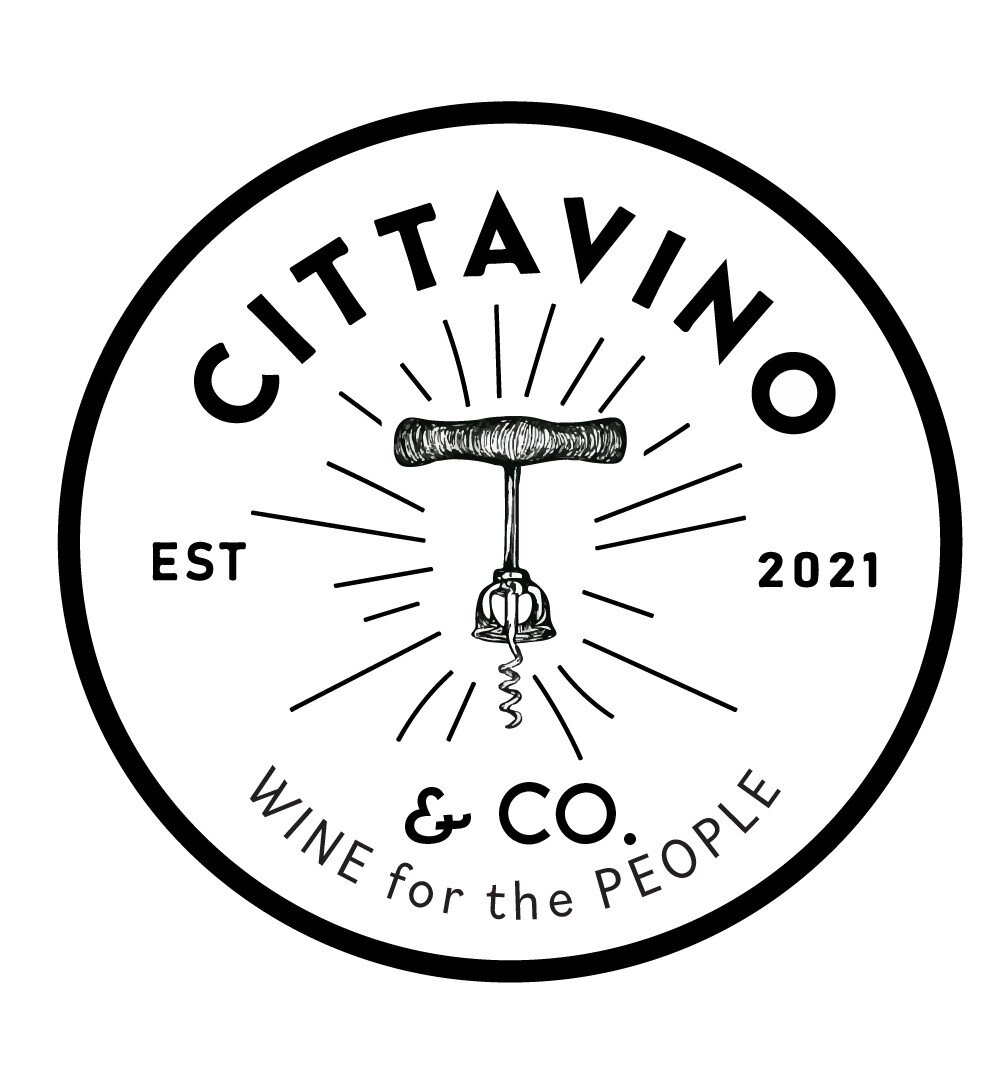FIANO di AVELLINO DOCG
THE NAME: Fiano di Avellino DOCG
The Fiano di Avellino area was granted DOCG status in 1993. It is within the larger Irpinia DOC and solely within the Avellino province. The DOCG covers the comunes of: Avellino, Aiello del Sabato, Atripalda, Candida, Capriglia Irpinia, Cesinali, Contrada, Forino, Grottolella, Lapio, Manocalzati, Mercogliano, Montefalcione, Monteforte Irpino, Montefredane, Montoro Inferiore, Ospedaletto d' Alpinolo, Parolise, Prata di Principato Ultra, Pratola Serra, Salza Irpinia, San Michele di Serino, San Potito Ultra, Santa Lucia di Serino, Sant'Angelo a Scala, Santo Stefano del Sole, Sorbo Serpico, and Summonte.
The main grape is Fiano (85-100%) with a possible addition of Greco and/or Coda di Volpe and/or Trebbiano Toscano (0-15%), but really almost all, if not all, producers making a Fiano di Avellino DOCG will make it with 100% Fiano.
Fiano is thought to have originated in the area of Lapio in Avellino. Some historians believe the Fiano name derives from Appiano, an early name for “Lapio”.
THE LAND
The DOCG stretches over 26 comunes/municipalities and 430 hectares of valleys and slopes. Avellino is in the heart of the southern Apennine mountains in Campania.
The climate is continental (compared to most of Italy’s general “warm mediterranean” climate). Winter months are cold and summer temperatures at night are cool, verging on cold at times. . The DOCG is between 300 and 650m asl, with clay-calcareous, limestone, and volcanic soils.
The Calore, Sabato, and Ufita rivers run through the DOCG, and growing conditions in the valleys closer to these rivers differ from those higher up in the mountains.
Ian d’Agata divides the Fiano di Avellino DOCG by altitude and in 4 “sectors:” Southern Valleys (300-350m asl), Eastern (400-550m asl), Northern (350-400), Northwestern (450-650). He distinguishes areas of Lapio and Candida (in the Eastern sector), as the more notable cru for the Fiano grape.
The Southern sector is lower in altitude and grapes are picked earlier. These wines are typically less acidic, and less ageworthy. The Eastern sector is higher in altitude with a cooler climate and is more forested. The Northern sector is similar in climate to the Eastern but characterized by its vicinity to the Sabato river. The river can have both cooling and warming effects, as water can retain heat and keep the nighttime temperatures from dropping as low as they do in other areas. Probably for this reason, despite the altitude, wines here tend to be more fleshy. The Northwestern sector is in the extremity of the altitude designation for the DOCG and the weather is more extreme and the terrain more rugged. Despite coming from vines higher up and the poor soils they grow in, these wines are also fleshy and big. D’Agata describes them as having the smokiest flavor profile compared to wines from the other sectors.
The municipality of Lapio (as well as Montefalcione) is part of the Fiano di Avellino DOCG AND the Taurasi DOCG--it is an area that is recognized for both excellent white and red wine production. Even within this area you will find different expressions of Fiano as different slopes have different aspects and soil structures, with some slopes better able to grow the Aglianico grape (hence the DOCGs overlap)
Candida has low limestone presence, which seems counterintuitive to then calling it a grand cru as you may notice many esteemed wine sites in Europe have some kind of limestone concentration; Limestone is a key element in preserving the grapes’ acidity while it develops Despite this factoid, and a lower limestone presence, Candida still produces high toned (acidic) wines and some of the best Fiano in Avellino.
THE GRAPE
Distinct, ageworthy, and one of Italy’s oldest cultivars, Fiano’s origins are thought to be within Italy and specifically from Lapio in Avellino (see above for origins of its name). Credit goes to the Mastroberardino family for not just bringing attention to the grape, but actually bringing it back from the brink of extinction. The vine is difficult to grow. It is characterized by low grape productivity and needs specific pruning techniques to produce. Knowing these particularites of Fiano, it is easy to imagine why grape growers stopped cultivating it: struggling farmers looking to make large quantities of wine to sell would likely opt for a more productive and less finicky vine. Fiano is also a late ripening varietal. It can be harvested in early October, which is unusual for a white grape. Its thick skin mean it is more disease resistant and the grape is more likely to survive (intact) the late Summer/ early Autumn humidity better than other thin skinned varietals.
Fiano has a range of expression and is site sensitive (see The Land above). At its best, it shows nuanced notes of white floral, wild herbs (such as fennel), delicate stone fruit, minerality, maybe a nutty hazelnut quality, and even some smokiness. With age, that flint tone becomes more pronounced as do its toasty, nutty characters. In fact, Fiano made in high elevation is best after a couple years of bottle age--at least, the wines will be rather different from how they show in their youth, and it is worth holding onto them to track this flavor evolution. I know, cellar and hold onto an Italian white? Yes. While it is not advisable for all white wines, there are some grape varietals from some key areas in Italy that make some spectacular age worthy wine, one of which is Fiano di Avellino (for an ageworthy Fiano, check out I Favati).
Fiano’s site sensitivity extends even beyond the Avellino province in Campania. The vine also grows in Basilicata and Puglia. As you’ve learned, Fiano from within just the province of Avellino can make noticeably different wines, so you can only imagine how different the expressions of Avellino can be from region to region. From Puglia, expect a much more fruit forward wine with less emphasis on minerality and zingy acidity.

